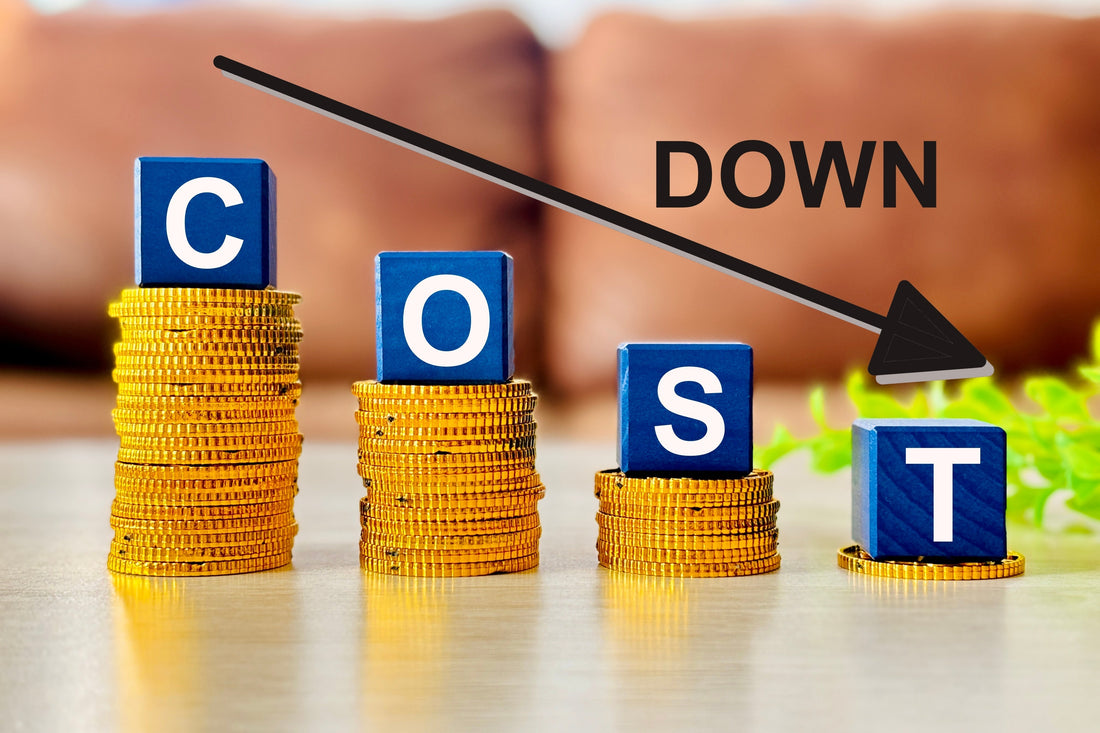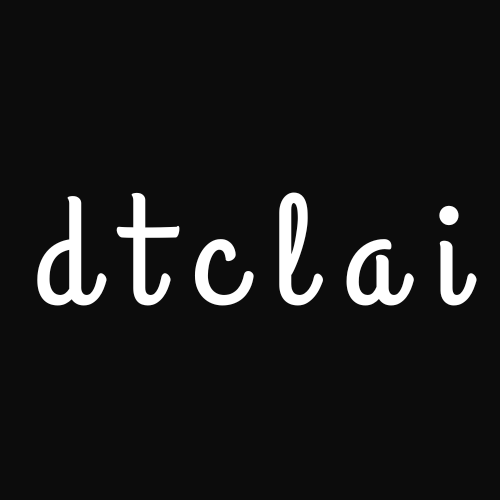
Reduce AI Inference Costs by 70% for Scalable, Sustainable AI Solutions
Green AI: Optimizing Inference Costs for a Sustainable Future
Artificial Intelligence (AI) is transforming industries, but its energy consumption and costly inference processes pose significant challenges. AI inference—the process of running trained models to generate predictions—demands high computational power, leading to substantial costs and carbon emissions.
As enterprises and nations work toward net-zero targets by 2030, reducing inference costs is critical for sustainability. Explore below, some trends on the current global inference costs, techniques to reduce them by up to 70%, and the role of KV caching in driving AI efficiency.
Global AI Inference Costs: A Regional Breakdown
Inference costs vary depending on electricity prices, cloud infrastructure, and hardware efficiency. Below is an estimated comparison of AI inference costs per million tokens across different regions:

These costs are influenced by factors such as GPU computational requirements, cloud pricing models, and AI architecture. Reducing inference costs by 40% globally would not only enhance AI affordability but significantly lower its environmental impact.
Why AI Inference Cost Reduction Matters
Optimizing AI inference costs offers immense benefits across industries :
✅ Lower Carbon Footprint– AI workloads demand high-power GPUs running in energy-intensive data centers. Cost reduction minimizes AI’s environmental impact.
✅ Increased AI Accessibility – Affordable inference allows startups and enterprises to scale AI-powered solutions.
✅ Improved AI Deployment– AI-driven automation, analytics, and predictions become more feasible for companies, reducing operational expenses.
✅ Net-Zero Alignment – Sustainable AI models help industries meet 2030 climate targets, making AI-powered industries greener.
A 40% reduction in inference costs would create significant improvements, but a 70% reduction would revolutionize the AI ecosystem.
7 Strategies to Cut AI Inference Costs by 70%
To achieve substantial cost savings, AI models must be optimized through hardware, software, and deployment innovations.
Here’s how enterprises can cut inference costs efficiently:
1. Model Quantization
🔹 Converts model weights to lower precision (FP16 to INT8), reducing memory usage and computational costs.
🔹 Enables efficient deployment on low-power devices, improving energy efficiency.
2. Knowledge Distillation
🔹 Uses small student models to mimic large AI models while preserving accuracy.
🔹 Cuts computational complexity, making inference significantly cheaper.
3. Model Pruning
🔹 Removes redundant parameters in neural networks, optimizing structure.
🔹 Reduces memory footprint, lowering inference latency.
4. Efficient GPU Utilization
🔹 Implements batch inference, which processes multiple queries in parallel.
🔹 Optimizes GPU scheduling to eliminate idle compute costs.
5. Edge AI Deployment
🔹 Moves inference workloads to local devices instead of cloud GPUs, reducing network latency and cloud dependency.
🔹 Ideal for IoT applications, autonomous systems, and decentralized AI solutions.
6. Serverless AI Architectures
🔹 Dynamically allocates computing resources based on demand, preventing unnecessary GPU costs.
🔹 Ideal for scalable AI applications in finance, retail, and smart cities.
7. Traffic Management & KV (Key Value )Caching
🔹 Implements KV caching—a technique that stores previous computations, reducing redundant processing.
🔹 Allocates memory efficiently based on query complexity, improving inference speed.
Key Value(KV) Caching: A Game-Changer for AI Efficiency
KV caching (Key-Value caching) is an advanced method for optimizing AI inference by storing and reusing previously computed attention values. It significantly enhances transformer-based AI models like GPT.
How KV Caching Works
1. Standard AI Inference– Normally, AI models recalibrate attention weights for every new token, creating redundant computations.
2. KV Caching Optimization – Instead of recomputing values, AI models store key (K) and value (V) vectors in a memory cache.
3. Accelerated Attention Computation – When generating new tokens, AI retrieves cached K and V values, reducing processing time.
4. Scalable Incremental Updates – The cache dynamically expands as new tokens are processed, making long-sequence generation more efficient.
Benefits of KV Caching
✅ Speeds Up AI Inference – Reduces redundant computations, making inference 3–10x faster.
✅ Minimizes GPU Overhead– Cuts memory usage and enhances data transfer efficiency between GPU and compute units.
✅ Improves Scalability– Supports large-scale AI models, enabling efficient text generation without excessive computation.
Challenges
🚨 Memory Constraints– The cache grows dynamically, consuming significant GPU memory.
🚨 Complex Implementation – Requires seamless integration into autoregressive models for effectiveness.
KV caching is a powerful AI optimization tool, reducing inference costs while enhancing processing speed.
Comparing AI Cost Reduction Strategies
Each cost-cutting approach varies in effectiveness:

Implications of High AI Inference Costs :Without optimization, AI inference remains expensive and inefficient, leading to key challenges:
🚨 Financial Strain on Startups– AI adoption becomes cost-prohibitive for new businesses.
🚨 Environmental Concerns – High inference costs contribute to data center carbon emissions.
🚨 Limitations for Real-Time AI – Expensive inference restricts adoption in sectors like finance, healthcare, and transportation.
Implementing cost-saving strategies allows businesses to scale AI efficiently.
🚀 Conclusion: Green AI is the Future
Optimizing AI inference is critical for sustainability. Reducing global inference costs by 40-70% will make AI more accessible, cost-effective, and environmentally responsible, helping meet net-zero targets by 2030.
